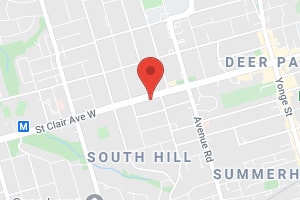
How we see Arrowsmith School
Compare with:
How Arrowsmith School sees itself
"Arrowsmith School transforms the lives of students with learning difficulties. By applying principles of neuroscience, Arrowsmith targets and improves cognitive ability, rather than relying on compensations or accommodations. Students engage in programs that strengthen capacities responsible for academics as well as problem-solving, understanding, memory, and communication. With emerging strengths, students create a new reality. Enrolment options include in-person full-time, part-time, summer, and online programs."
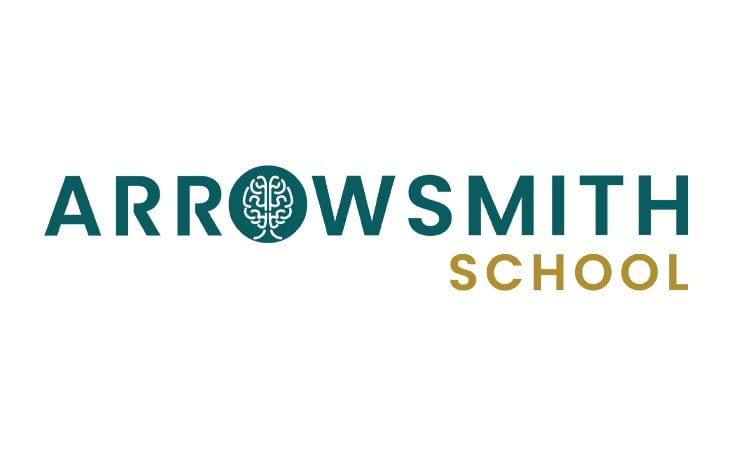


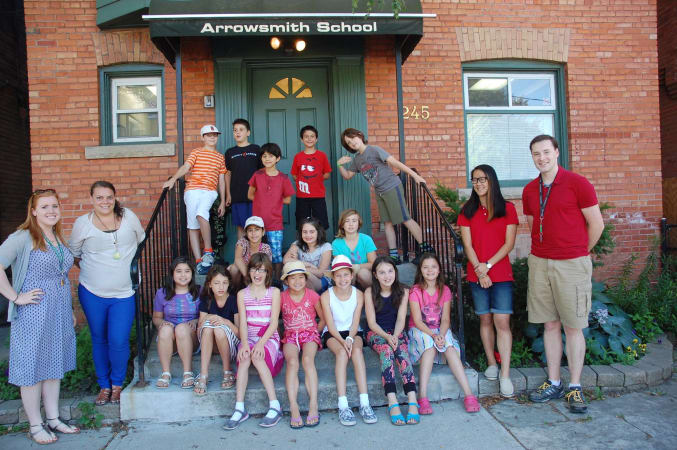
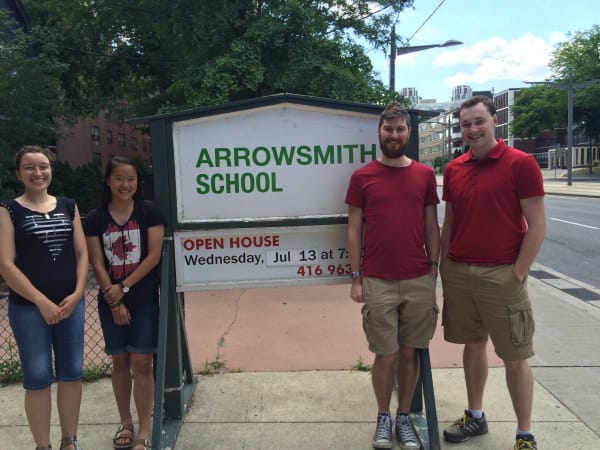



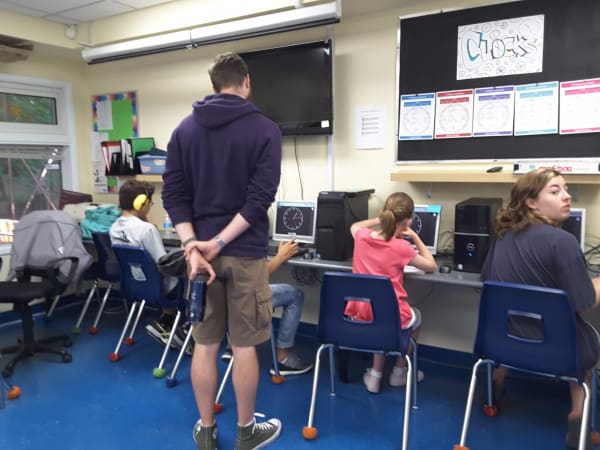

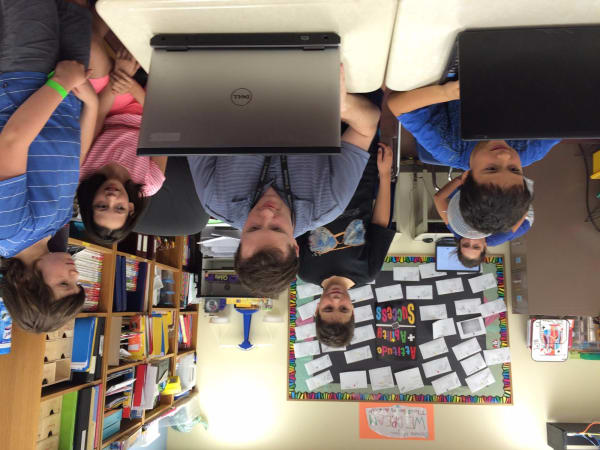



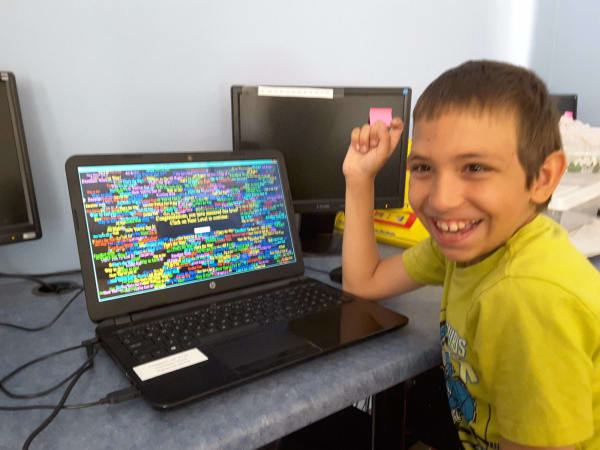

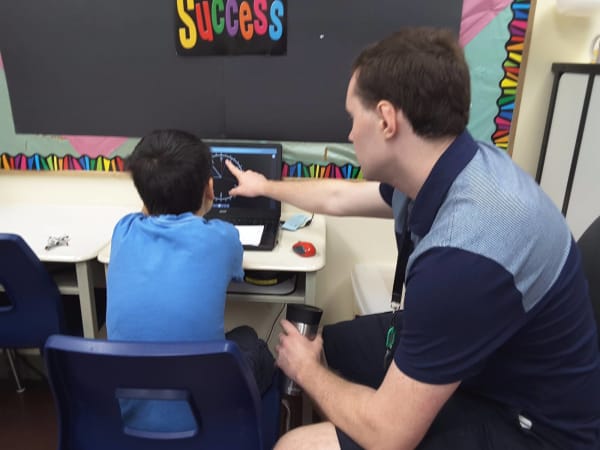



How people from the school’s community see Arrowsmith School
Top-down influence on the school’s direction and tone

Shelley Woon, Ms.
MEd, OCT
Welcome to Arrowsmith School!
Our goal is for our students to become independent, confident, and self-directed learners who are equipped to achieve academic, career, and life success.
Students with learning difficulties and individuals wishing to strengthen their cognitive capacity join Arrowsmith School to engage in a life-changing journey that has the neuroplasticity of the brain and our students’ lifelong success at the forefront of our educational program. The neuroplastic brain, in response to our cognitive exercises, creates and strengthens neuropathways that allow our students to walk the pathway to their preferred future with greater independence and confidence.
At Arrowsmith School, whether attending our Toronto in-person classrooms or our worldly online classrooms, our students engage in a positive school climate that promotes academic success, social connectedness, and overall well-being. We provide an exemplary personalized cognitive program to students of all ages within a learning environment that includes families as a key part of the journey.
If you’re considering a small school for your extroverted child, make sure it offers plenty of social opportunities, including the ability to seek out and interact with different peer groups. Since smaller schools have smaller and less diverse student populations than big schools, it can sometimes be more challenging for your child to find a like-minded group of friends—friends with similar interests, values, etc.
“It’s important to look at the social makeup of the school,” says Ruth Rumack of Ruth Rumack's Learning Space. "Is there enough variety that your child will have a group that they feel connected with? Because you want to have friends that are like-minded and you want to be in a social situation where you feel honoured and respected. Variety can also be found in extracurriculars, leadership programs, and sports activities, which tend to have kids with a wide range of personalities.”
Also, make sure a school’s teaching and learning approach is suitable for your social child. “For instance, a school focusing on individual learning instead of group learning may not play into your child’s strengths,” say Ann and Karen Wolff, Toronto-based education consultants at Wolff Educational Services. “You want to make sure the social, emotional, and academic realities of the classroom are a match for your child’s personality.”
Smaller schools often have small classrooms and tight-knit communities, which can make it easier for your introverted child to come out of their shell, make friends, and feel like they belong. Since they’re less socially overwhelming, your child should find it easier to navigate their social environment. And since they’re conducive to group work, small classes often have plenty of interaction, which can help your child develop critical interpersonal skills.
Of course, small schools normally have a less diverse student population than big schools, which can sometimes make it more challenging to find a group of like-minded peers—peers with similar personalities, interests, values, etc. This makes it especially important to ask a school about its extracurricular programs, which can help your introverted child establish an intimate social circle.
THE OUR KIDS REPORT: Arrowsmith School
Next steps to continue your research:
Continue researching Arrowsmith School with OurKids.net, or visit school website.